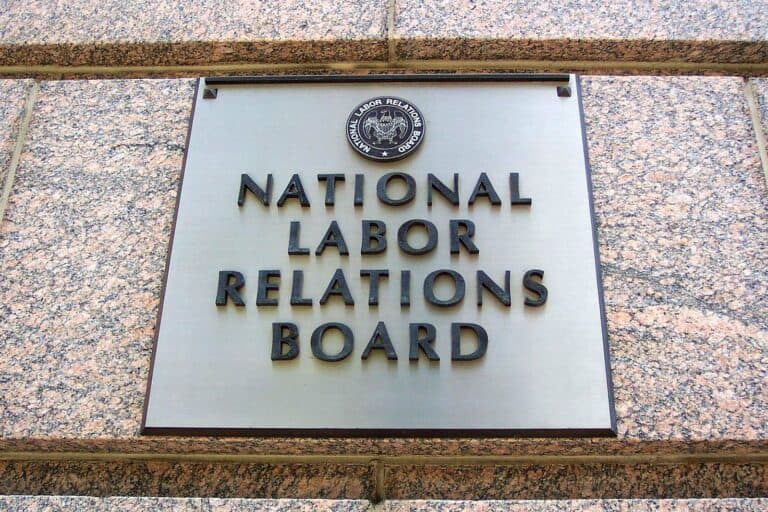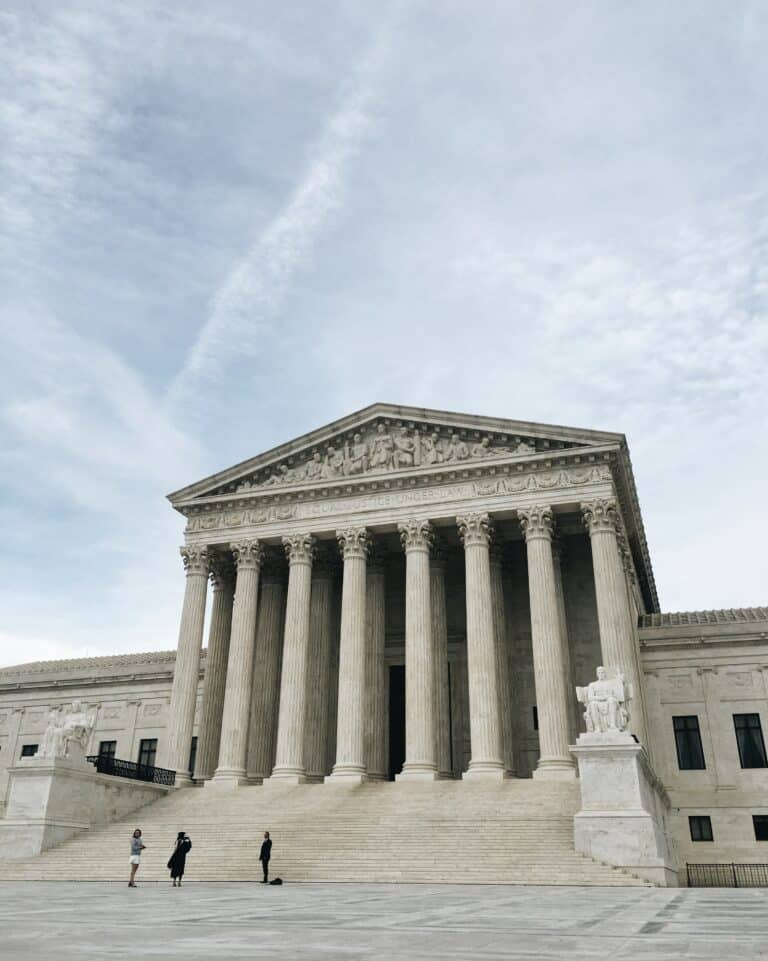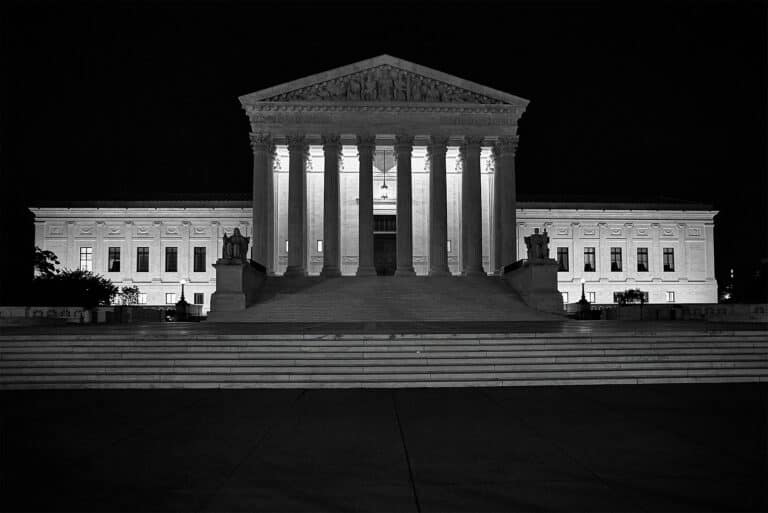Noah Zatz is Professor of Law at the University of California, Los Angeles. His research generally explores connections among work, citizenship, and inequality, and he specializes in the relationship between labor & employment law and other legal fields, including family law, social welfare policy, criminal justice, and civil rights. He was an Open Society Fellowship to pursue his project on “Get To Work or Go To Jail.” Zatz previously practiced public interest law as a Skadden Fellow at the National Employment Law Project. He also served as a law clerk to the Honorable Guido Calabresi of the United States Court of Appeals for the Second Circuit and to the Honorable Kimba M. Wood of the United States District Court for the Southern District of New York. A fuller biography and lists of publications and courses are available here.
On January 1, California’s new “Ban the Box” law took effect. Although California is known for its progressive labor policies, it also has a dismal history of racialized mass incarceration, making this development especially important. The new law fits squarely within the wave of “Fair Chance Hiring” policies steadily advancing in states and localities nationwide, coupling bright-line rules against criminal record screening (“the box”) earlier in application processes with substantive standards at the end, where any consideration of criminal records must be justifiable by virtue of their “nexus” with the job and in light of the applicant’s subsequent track record. But in 2017, California actually Banned the Box twice, and the other development has been less widely noticed but is more distinctive legally.
Taking effect on July 1, 2017 were new regulations on criminal record screening under state employment discrimination law, issued by the California Fair Employment and Housing Council (FEHC). The main thrust of the regulations is to develop the legal framework for analyzing the racially disparate impact of criminal record exclusions. In California, the Council has the authority to issue binding regulations under the state’s Fair Employment and Housing Act (FEHA). This contrasts with federal law, where the Equal Employment Opportunity Commission (EEOC) lacks rulemaking authority with regard to Title VII’s substantive employment discrimination provisions. FEHC’s action, therefore, operates as an important upgrade in the legal status of the EEOC’s 2012 Guidance on the topic under Title VII, a prominent and influential analysis that nonetheless lacks the force of law.
Moreover, the California regulations go beyond the EEOC Guidance in two noteworthy ways. The first concerns “nexus” analysis. The second, addressed in the next post, concerns how to establish the existence of an actionable disparity.
Under employment discrimination law, the nexus issue arises at the stage of assessing whether an employer policy with a disparate impact is nonetheless justified as “job related and consistent with business necessity.” Analogous questions arise under “Fair Chance” laws, which always permit employers to use criminal records when they have a “direct and adverse relationship with the specific duties of the job,” or the like. Such concepts can be difficult to apply, and there is reason for concern that in practice courts will unduly defer to employer judgments, especially when they reflect widespread practice. The Ban the Box movement has, as in the new California statute, largely taken a procedural approach to this problem, lengthening the list of factors and evidence that employers must consider, adding layers of notice and opportunity to be heard within the employer’s decisionmaking process, and generally seeking more “individualized assessment.”
In addition to such elements, the new California regulations also introduced an alternative bright-line technique into “nexus” evaluation. A rebuttable presumption is established that criminal record exclusions are unjustified once seven years have passed since the conviction. That time period is broadly consistent with, and was explicitly informed by, empirical research on “time to redemption”—the time after which a criminal record is no longer predictive of further criminal justice contact, relative to an otherwise identical person with no such record.
Such formalization offers an intriguing alternative for those who are skeptical of courts’ willingness to stringently apply vaguer standards, or who worry that the intentionally subjective process of “individualized assessment” opens the door wide to racially biased judgments about culpability and redemption, as well as to enforcement of a variety of respectability demands. Advocates fear, however, that bright lines would validate the exclusion of people on the wrong side of the line, despite individualized circumstances that vindicate them. But of course, the opposite could also be the case. It is an important and deep question in policy design, reminiscent of the one that plagues disability determinations. Such determinations have long struggled with the balance between the bright-line approach reflected in the Social Security Administrations “grid” and in some applications of the Americans with Disabilities Act’s (ADA) “substantially limits” criterion, versus more pervasively individualized determinations. Indeed, the gap between those approaches was critical to the Supreme Court’s Cleveland v. Policy Management Systems Corp. decision reconciling ADA and social security disability standards.
The California regulations’ second innovation applies to disparate impact analysis more generally. It concerns the critically important but quite neglected question of what kinds of evidence can be used to establish the existence of an actionable disparity. The next post discusses this facet of regulations.









Daily News & Commentary
Start your day with our roundup of the latest labor developments. See all
April 19
Alabama and Louisiana advance anti-worker legislation; Mercedes workers in Alabama set election date; VW Chattanooga election concludes today.
April 18
Disneyland performers file petition for unionization and union elections begin at Volkswagen plant in Tennessee.
April 18
In today’s Tech@Work, a regulation-of-algorithms-in-hiring blitz: Mass. AG issues advisory clarifying how state laws apply to AI decisionmaking tools; and British union TUC launches campaign for new law to regulate the use of AI at work.
April 17
Southern governors oppose UAW organizing in their states; Florida bans local heat protections for workers; Google employees occupy company offices to protest contracts with the Israeli government
April 16
EEOC publishes final regulation implementing the Pregnant Workers Fairness Act, Volkswagen workers in Tennessee gear up for a union election, and the First Circuit revives the Whole Foods case over BLM masks.
April 15
The Supreme Court ruled in favor of bakery delivery drivers in an exemption from mandatory arbitration case; A Teamsters Local ends its 18-month strike by accepting settlement payments and agreeing to dissolve